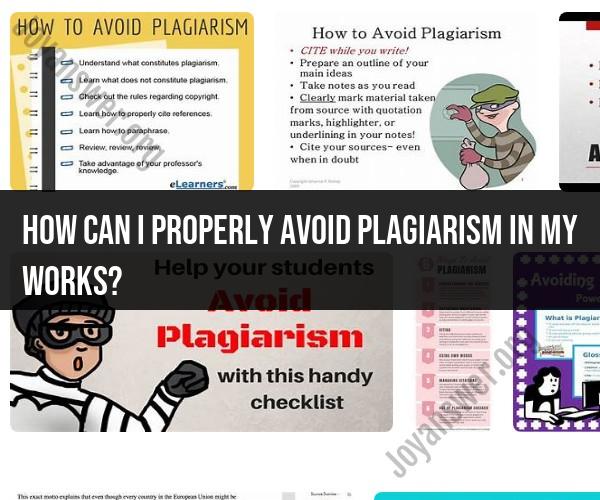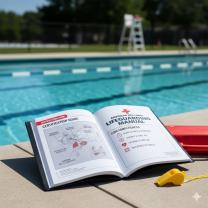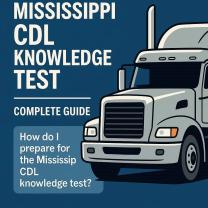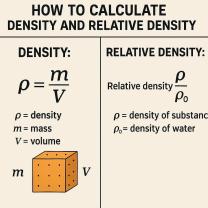How can I properly avoid plagiarism in my works?
Avoiding plagiarism in your work is crucial to maintain academic and ethical integrity. Here are some proper techniques and practices to help you steer clear of plagiarism:
Understand What Constitutes Plagiarism:
- Familiarize yourself with the different forms of plagiarism, including copying someone else's work, ideas, or words without proper attribution, self-plagiarism, and paraphrasing without giving credit.
Start Early and Plan Your Research:
- Begin your research and writing well in advance of your deadline to avoid rushed work, which can lead to accidental plagiarism.
- Create a research plan and keep track of sources from the outset.
Cite Sources Properly:
- Use a recognized citation style (e.g., APA, MLA, Chicago) consistently throughout your work.
- Attribute all ideas, facts, statistics, and direct quotations to their original sources. Use in-text citations and create a reference list or bibliography.
Paraphrase and Summarize Ethically:
- If you need to paraphrase or summarize someone else's work, ensure you understand it fully. Then, rephrase it in your own words while maintaining the original meaning.
- Still, provide proper citation when paraphrasing or summarizing, as it's not enough to change a few words.
Use Quotations Appropriately:
- When quoting directly from a source, use quotation marks to indicate the exact words of the author. Include an in-text citation and page number (if applicable).
- Keep direct quotations concise and use them sparingly; most of your work should be in your own words.
Give Credit for Common Knowledge:
- Information that is considered common knowledge (e.g., widely accepted facts or historical events) may not require citation. However, be cautious and check whether your audience would consider it common knowledge.
Organize Your Ideas:
- Create an outline or structure for your work. This helps you organize your thoughts and ensures that you integrate sources seamlessly.
Use Plagiarism Detection Tools:
- Consider using plagiarism detection software or online tools to check your work for unintentional plagiarism. Many universities provide access to such tools.
Revise and Edit Carefully:
- Review your work thoroughly for any instances of plagiarism, improper citations, or missing references.
- Edit for clarity, coherence, and consistency in citation style.
Seek Feedback and Guidance:
- If you're unsure about how to cite a source or if your work may contain unintentional plagiarism, consult with your instructor, professor, or a writing center for guidance.
Plan Your Time:
- Avoid last-minute rushes, as they may lead to unintentional plagiarism. Plan your research and writing schedule to allow for thorough review and editing.
Honor Academic Integrity Codes:
- Follow your institution's academic integrity policies and codes. Understand the consequences of plagiarism, which can range from failing an assignment to academic probation or expulsion.
Develop Your Own Voice:
- Focus on developing your unique perspective and voice in your work. Engage critically with the sources you use and provide your insights and analysis.
Remember that the goal of your work is not merely to repeat or summarize existing content but to contribute to the conversation with your original ideas and analysis. Properly citing your sources and giving credit to others is an integral part of scholarly and ethical writing.
Avoiding Plagiarism in Your Work: Best Practices and Guidelines
Here are some best practices and guidelines for avoiding plagiarism in your work:
- Understand what plagiarism is. Plagiarism is the act of using someone else's work or ideas without giving them credit. This can include copying text word-for-word, paraphrasing someone else's work without citing them, or using someone else's ideas without giving them credit.
- Keep track of your sources. As you are doing your research, be sure to keep track of all of the sources you consult. This includes books, articles, websites, and other materials. You can use a citation manager tool to help you keep track of your sources.
- Paraphrase and quote correctly. When you paraphrase a source, you are putting the information into your own words. When you quote a source, you are copying the information word-for-word. Be sure to enclose all direct quotes in quotation marks and to cite the source properly.
- Use a plagiarism checker. A plagiarism checker is a tool that can scan your work for instances of plagiarism. There are many free and paid plagiarism checkers available online.
Here are some additional tips for avoiding plagiarism in your work:
- Start early. The earlier you start working on your assignment, the more time you will have to do your research and to write your work in your own words.
- Take good notes. As you are doing your research, take good notes on the information you find. Be sure to include the source of the information in your notes.
- Organize your thoughts. Once you have finished your research, organize your thoughts before you start writing. This will help you to write a clear and concise paper.
- Proofread your work carefully. Before you submit your work, be sure to proofread it carefully for any errors in grammar, spelling, or punctuation. You should also proofread your work for any instances of plagiarism.
Ethical Writing: Strategies to Prevent Plagiarism
Here are some strategies to prevent plagiarism in your writing:
- Be honest and transparent. Be honest about your sources and give credit where credit is due.
- Understand the different types of plagiarism. There are many different types of plagiarism, including direct plagiarism, paraphrasing plagiarism, and mosaic plagiarism. Be sure to understand the different types of plagiarism so that you can avoid them.
- Use citation tools correctly. There are a number of different citation styles, such as MLA, APA, and Chicago. Be sure to use the correct citation style for your assignment and to cite your sources correctly.
- Get help if you need it. If you are not sure about something, ask for help from your professor, a librarian, or a writing tutor.
Maintaining Academic Integrity: Tips for Avoiding Plagiarism
Here are some tips for maintaining academic integrity by avoiding plagiarism:
- Do your own work. This means not copying or paraphrasing someone else's work without giving them credit.
- Cite your sources correctly. This means giving credit to the original author of any information or ideas that you use in your work.
- Acknowledge all forms of collaboration. If you collaborate with others on an assignment, be sure to acknowledge their contributions in your work.
Plagiarism is a serious academic offense. By following these best practices, guidelines, strategies, and tips, you can avoid plagiarism and maintain academic integrity in your work.













